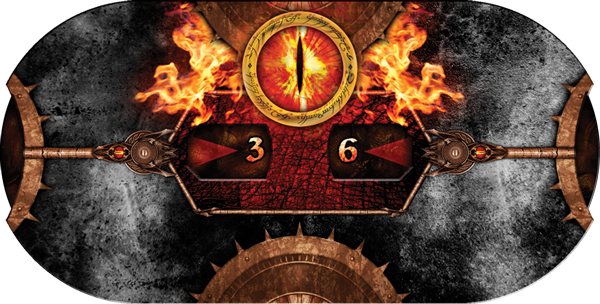The first method which I have noticed could be used for this is what I call the "Threat Value" of a Hero. I wouldn't say that I have technically created this method... Rather, I happened to notice a bit of mathematics in the design of the game, but noticed that not all of the Hero cards use it equally.
Every Hero has five numbers on them: Threat Cost, Willpower, Attack, Defence and Health. I have noticed that for most Heroes, the following formula applies:
Threat Cost = Willpower + Attack + Defence + Health
This is true for every single Hero card included in the Core Set. But I quickly realised that this formula is not true of every Hero card. Some Heroes break this rule.
Considering that a lower Threat Cost is preferred, you could say that a Hero where their Actual Threat Cost (printed on the card) is lower than the Predicted Threat Cost (Willpower + Attack + Defence + Health) is a Hero that is better "value".
So I created the following simple formula:
"Threat Value" = Predicted Threat Cost / Printed Threat Cost
The Threat Value is shown as a percentage. The Predicted Threat Cost is Willpower + Attack + Defence + Health. The Printed Threat Cost is the Threat Cost actually printed on the Hero card.
A percentage above 100% means that the Hero stats have better "value for money" than you would expect for a Hero with that Threat Cost. A percentage lower than 100% means the opposite. A percentage of exactly 100% means that the Hero is average Threat Value.
Threat Value will be particularly useful for players who want to find characters that are flexible, that will be good at several jobs and not be too expensive despite this.
Threat Value will be particularly useful for players who want to find characters that are flexible, that will be good at several jobs and not be too expensive despite this.
For an example, take Leadership Hero Aragorn in the Core Set:
Predicted Threat Cost = 2 (Willpower) + 3 (Attack) + 2 (Defence) + 5 (Health) = 12
Printed Threat Cost = 12
Threat Value = 12 / 12 = 100%


No comments:
Post a Comment